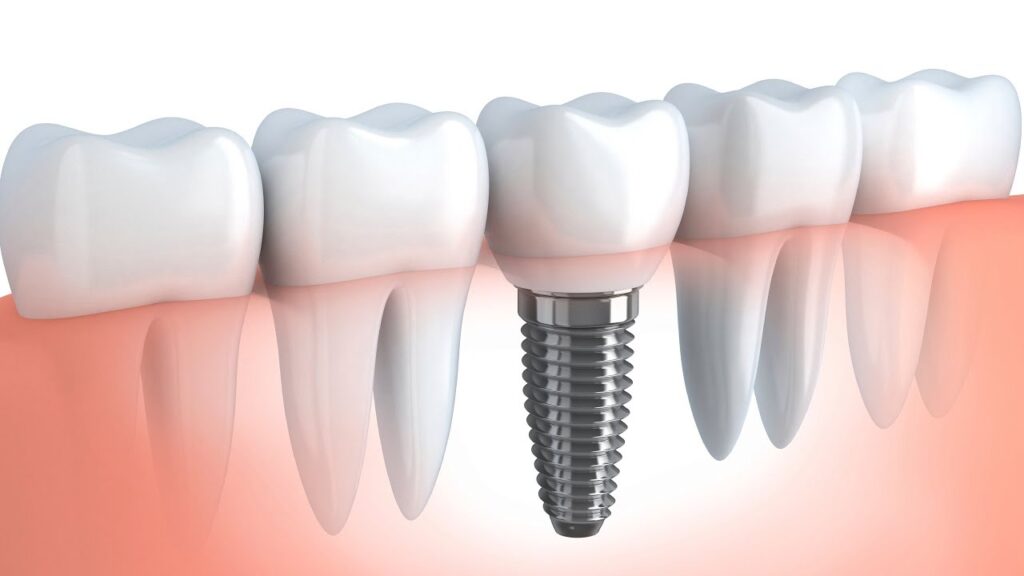Dental implants have revolutionized modern dentistry by providing a permanent solution for missing teeth. However, their high cost remains a major barrier for many patients. With advances in technology and increased demand, a pressing question arises: Will dental implants become cheaper in the future? Let’s explore the factors influencing implant prices and whether affordability is likely to improve.
Understanding the Cost of Dental Implants Today
The cost of dental implants can vary greatly based on the materials used, the expertise of the dental surgeon, and the complexity of the procedure.
Average Cost of Implants
- Single tooth implant: $3,000 to $5,000 (USA/UK)
- Full mouth implants: $20,000 to $50,000
- Additional costs: Bone grafts, X-rays, sedation, etc.
Why Are Dental Implants Expensive?
- High-grade titanium or zirconia materials
- Surgical expertise and planning
- Use of advanced equipment and imaging
- Customized abutments and crowns
- Multiple appointments and follow-ups
Factors That May Lead to Lower Implant Costs in the Future
Technological innovation, growing competition, and accessibility advancements may contribute to reduced pricing over time.
1. Advancements in Technology
- 3D printing of implant components reduces manufacturing costs
- Digital impressions streamline planning and production
- AI-driven treatment planning minimizes human error and saves time
Impact:
These technologies can decrease clinic time, material waste, and production costs, leading to more affordable treatment.
2. Increased Market Competition
- More dentists and clinics offering implants
- Dental tourism offering competitive prices
- Entry of newer implant brands and systems
Impact:
Higher competition can drive down pricing and promote package deals for patients.
3. Insurance and Financing Options
- Expansion of dental insurance coverage
- Flexible payment plans or healthcare financing
- Government healthcare reforms (in some countries)
Impact:
Patients may not pay less overall, but monthly costs could become more manageable.

Challenges That Might Keep Implant Costs High
Despite promising developments, certain factors may continue to keep prices elevated.
1. Customization and Precision
Each implant is tailored to the patient’s bone structure, bite, and oral health, requiring custom work and lab fabrication.
Result:
Personalized treatment adds to overall costs and limits mass-production savings.
2. Training and Specialist Involvement
Implantology requires experienced oral surgeons or prosthodontists. Their skills command premium fees.
Result
The human expertise involved may not become significantly cheaper.
Are Dental Implants Becoming More Affordable Now?
In some regions, yes. Dental tourism and emerging implant providers have made implants more accessible. Countries like Turkey, Mexico, and India offer competitive pricing with quality care.
FAQs
Q1: Are dental implants likely to become cheaper over the next decade?
A: Yes, due to advances in technology, increased competition, and streamlined procedures, implant costs may gradually decrease or become more affordable through financing.
Q2: Will insurance cover dental implants in the future?
A: Some insurance companies are beginning to offer partial coverage. As implants become more common, broader insurance coverage may follow, especially in the U.S. and UK.
Q3: Can I get affordable implants abroad?
A: Yes, dental tourism is popular for affordable implants. Countries like Turkey, India, and Hungary offer implants at lower prices without compromising quality—but research is essential.
Q4: Are mini implants cheaper than regular implants?
A: Yes, mini dental implants are a more affordable alternative, though they may not be suitable for all cases due to lower strength and limited applications.
Q5: How can I reduce the cost of dental implants now?
A: Consider dental schools, clinics offering promotions, or traveling abroad. Ask about payment plans, compare clinics, and look into insurance reimbursements.
Conclusion
While dental implants may not drastically drop in price overnight, trends indicate a slow but steady shift toward more affordable options. Advancements in digital dentistry, competition, and financing are making implants more accessible than ever before. For those considering implants, the future holds promise—not only for improved dental technology but also for better financial accessibility.
For more detailed information: click here












